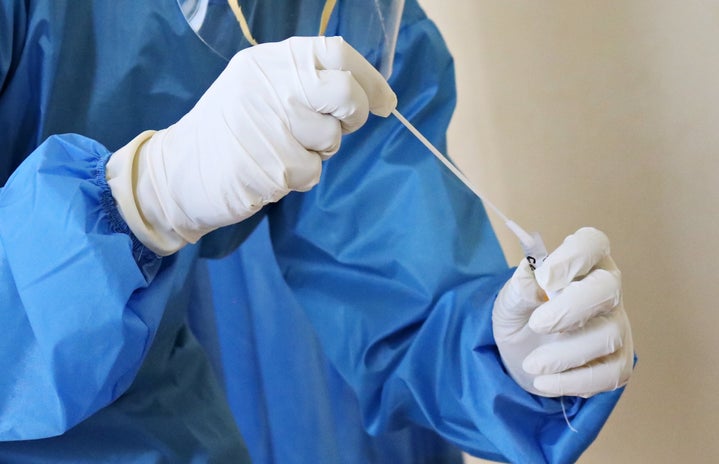In the course of human history, countless discoveries have been made that have revolutionized the field of science. Despite what you may have been taught, many of the scientists who made these discoveries are not accurately credited. More commonly, female scientists go without credit for their important contributions to science. Sometimes they were overlooked, but oftentimes male scientists stole their ideas and received awards for their female colleagues’ research due to discrimination in the field. The female scientists below deserve credit for their revolutionary scientific discoveries.
- Rosalind Franklin
-
British scientist Rosalind Franklin made several scientific discoveries in the mid-1900s. During World War II, she studied the formation of coal and carbon using X-ray diffraction technology, leading to the development of gas masks, which were used by British soldiers in the war. Her experience with X-ray crystallography was later utilized in her studies of DNA structure. Franklin discovered that DNA exists in a two-stranded helical structure. The microscopic images Franklin produced were stolen and shown to male scientists Watson and Crick, who were conducting their own research about DNA structure. Watson and Crick then published their findings after incorporating Franklin’s research into their own, without permission. Watson and Crick are most commonly associated with the discovery of DNA’s double-helix structure and were awarded the Nobel Prize in 1962.
- Candace Pert
-
Neuroscientist Candace Pert helped discover the process by which the brain reacts to different painkillers and other drugs. As a graduate student, Pert worked with a team to conduct research on brain receptors. It was discovered that opiates fit into unique receptors in the brain, similar to how a key fits into a lock. Pert’s professor and other male scientists received an award for the research that Pert helped conduct. Pert’s contributions were omitted, due to the fact that she was only a graduate student at the time. It was not uncommon for older researchers to take full credit for the discoveries made by their students and this trend is still prevalent today.
- Alice Ball
-
Alice Ball was an African American chemist who created the first successful treatment for leprosy in the early 1900s. Leprosy is a bacterial infection that can cause skin and nerve damage. Her treatment consisted of oil from a chaulmoogra tree that could be injected into the skin. Ball’s treatment was the most effective at the time, but she received no credit for her work due to her early death. The president of the university she taught at renamed the treatment after him and published her findings after her death without acknowledging Ball’s contributions. Eventually, librarians at her university dug up records of her work and restored credit to Ball.
The scientific environment has developed tremendously over the last few years, but we must recognize that there are still instances in which researchers, oftentimes female, are not credited for their work. These three women were pioneers in their scientific fields and it is important to recognize their exceptional contributions to science.
Can’t get enough of HC UMass Amherst? Be sure to follow us on Instagram, listen to us on Spotify, like us on Facebook, and read our latest Tweets!

